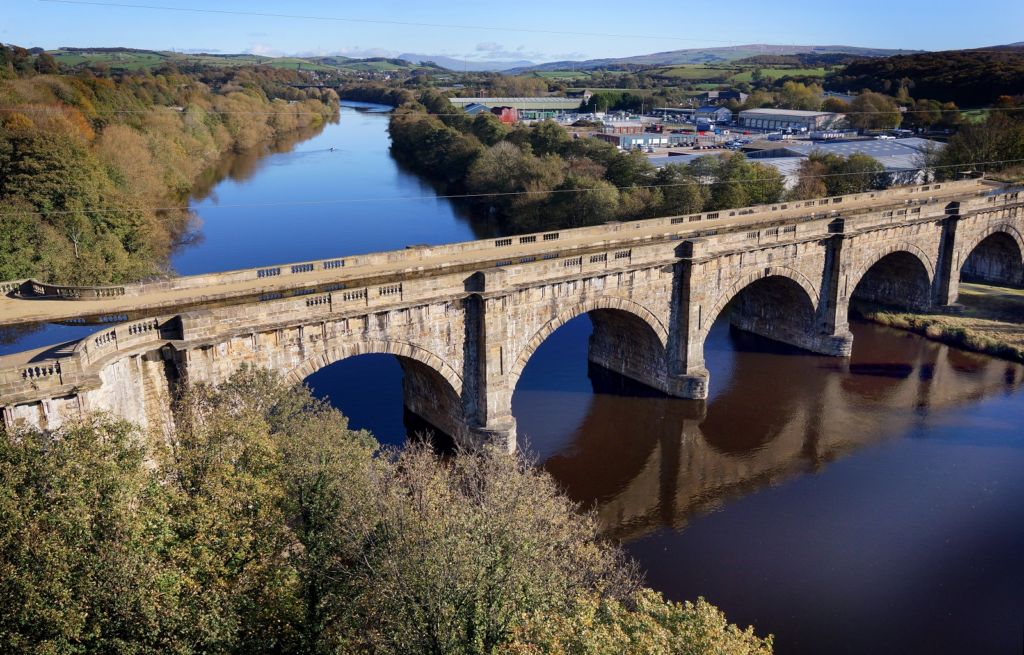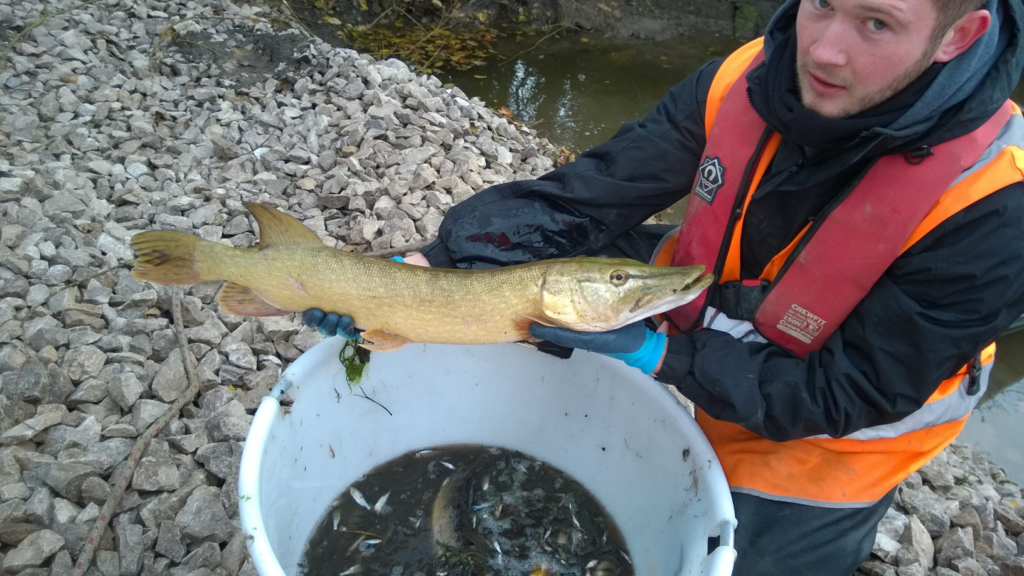Lancaster Canal repairs lead to fish rehoming

Built by canal engineer John Rennie between 1794 and 1797, the Lune Aqueduct is architecturally one the finest aqueducts in England, carrying the Lancaster Canal over the River Lune on five semi-circular arches each of 70ft span.
Recently the Canal & River Trust (LINK www.canalrivertrust.org.uk) started to repair Lune Embankment on the Lancaster Canal. The Trust is investing nearly £1.5 million refurbishing the 200-year old stretch of canal.
In order to carry out the repairs, the iconic Lune Aqueduct will be drained and a team of fisheries experts will remove the fish, including roach, perch, eels, chub and bream. The fish will be safely rehomed in another stretch of the canal. A 240-meter section of the canal bed will then be relined with a man-made liner which is a modern take on the clay that would have been used to help keep the canal watertight when the aqueduct was first built. The towpath will remain open throughout the work which is expected to be completed by March 2020.

“The Lancaster Canal is one of the North West’s most popular canals used by thousands of boaters who visit each year,” says Graham Ramsden, Project Manager. “For a number of years there had been minor seepage from the canal bed where the stone aqueduct joins the soil embankment.”
Known as the ‘black and white’ canal, the Lancaster Canal originally connected Kendal to Preston and was built to transport coal barges north from Lancashire’s coalfields and limestone south from Cumbria. It is one of the country’s few coastal canals. Built along the natural lie of the land it offers 41 miles of lock free cruising – the longest lock-free stretch in the country.










